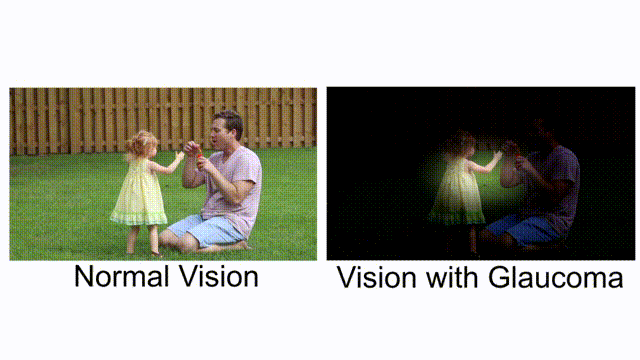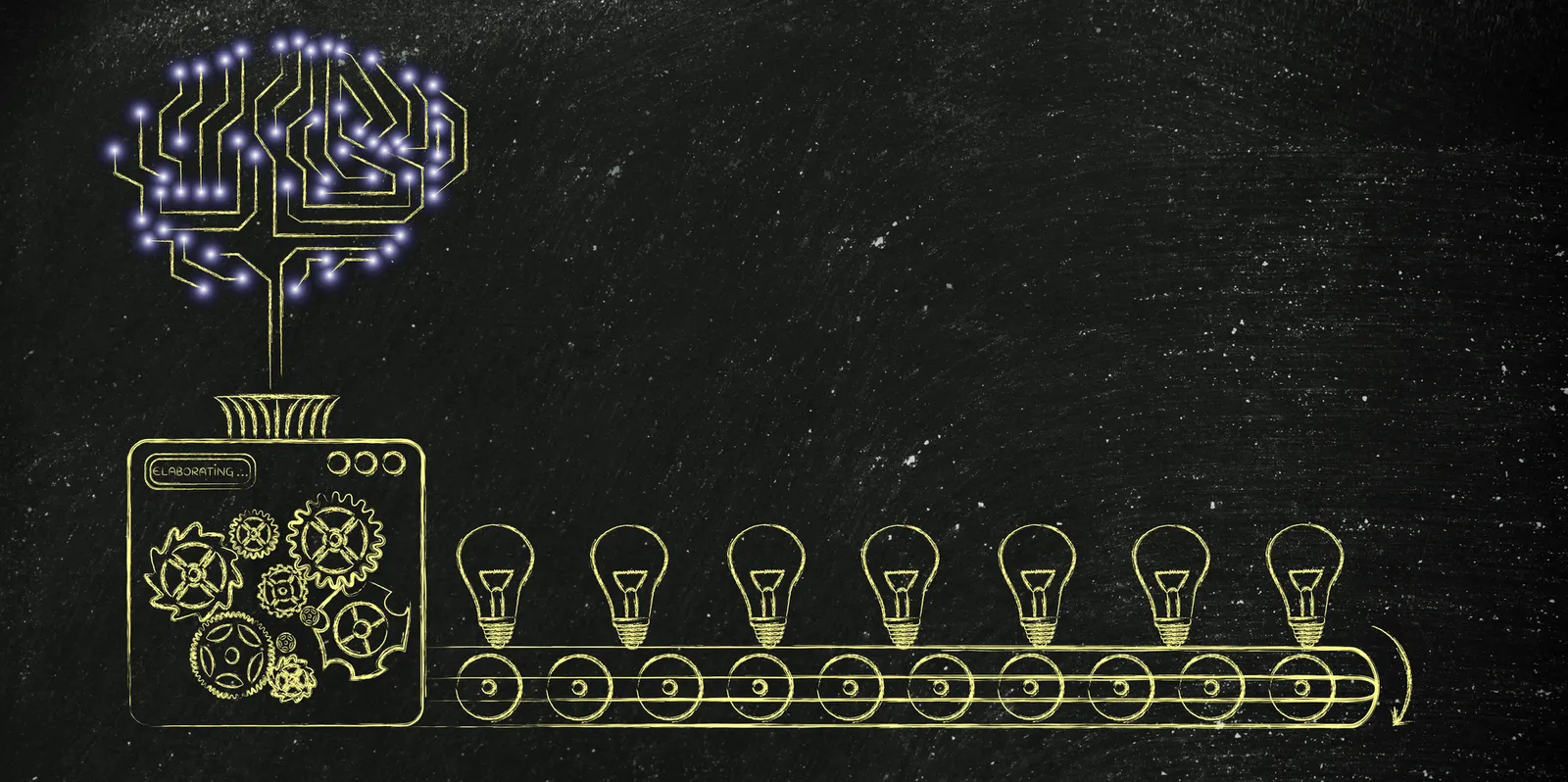Humans are good at picking up sensory cues that cause a drastic change or pain. But what about gradual changes, like deteriorating eyesight, when the changes are so slight and so slow that people would not be able to notice it.
The basis for healthcare in many countries is for patients to look for medical care when they are symptomatic. With this approach, individuals would need to know what their symptoms are. But what about asymptomatic diseases? That people would not be able to notice until a later stage, where their quality of life is significantly affected due to vision loss.
This is Glaucoma.

Comparing normal vision and vision with glaucoma. [Combine by author, original clip’s source]
With the increase in the aging population, we are challenged to find solutions to provide healthcare needs for the elderly. As you age, the chance of you becoming blind is higher, with more than 80% of the world’s blind people older than 50. Overall, 75% of blindness from all causes is preventable, treatable, or curable.
My research work tackles this issue by applying brain-computer interface methods in clinical screening and diagnostic procedures. This could potentially provide a more accurate diagnosis of visual function detection in asymptomatic cases.
#editors-pick #technology #artificial-intelligence #machine-learning #health
